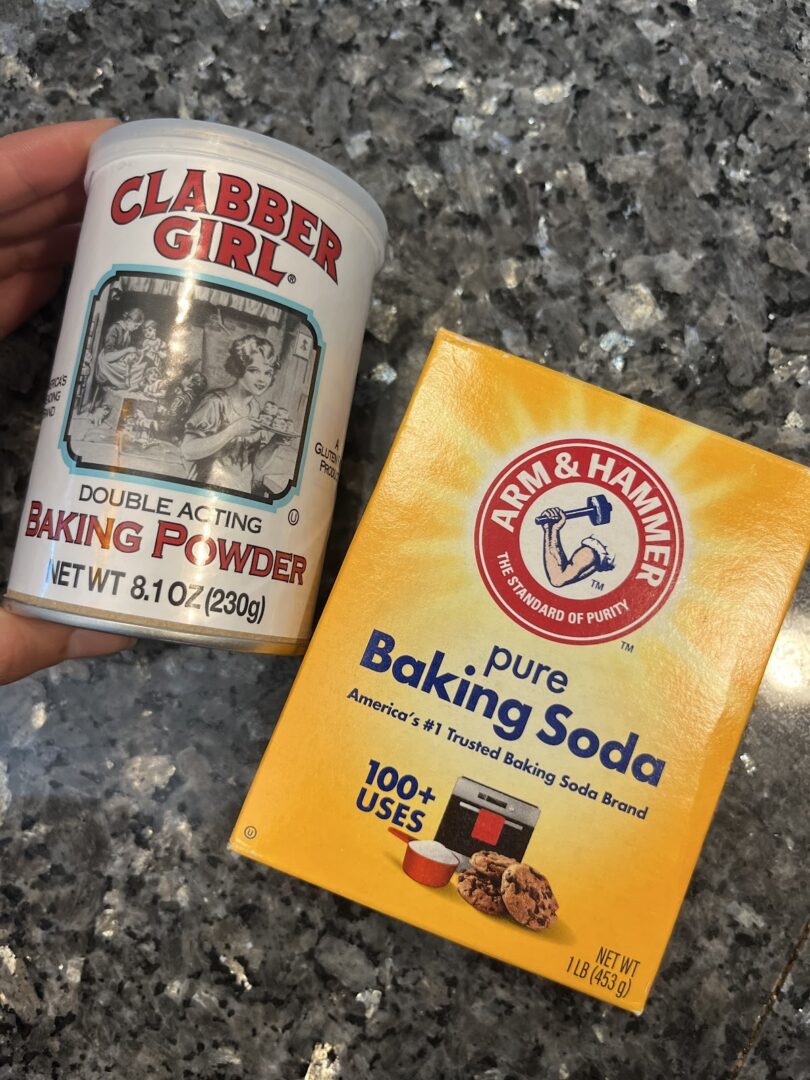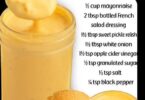Baking Soda vs. Baking Powder – What’s the Real Difference?
Advertisement
These two pantry staples may look alike, but they serve very different roles in baking. Here’s a simple breakdown to clear the confusion:
Baking Soda (Sodium Bicarbonate)
- Needs an acid to work (like lemon juice, vinegar, yogurt, or buttermilk)
- When mixed with an acid, it produces carbon dioxide, making your baked goods rise
- Used in recipes where acid is already present
- Also handy as a natural deodorizer (hello, fridge box!)
Baking Powder
- Contains baking soda + an acid (usually cream of tartar) and a starch
- It’s a complete leavening agent, activated by liquid and heat
- Often used in recipes that don’t include another acidic ingredient
- Double-acting varieties rise twice: once when mixed, and again when heated
Advertisement
Substituting?
Yes, but carefully:
- Baking soda → baking powder: Use 2 to 3 times more
- Baking powder → baking soda: Only works if you add an acid to the recipe
Storage Tip:
Keep both in a cool, dark spot, and check that expiration date! Old leaveners lose their power—and no one wants flat cookies.
Advertisement







Leave a Comment